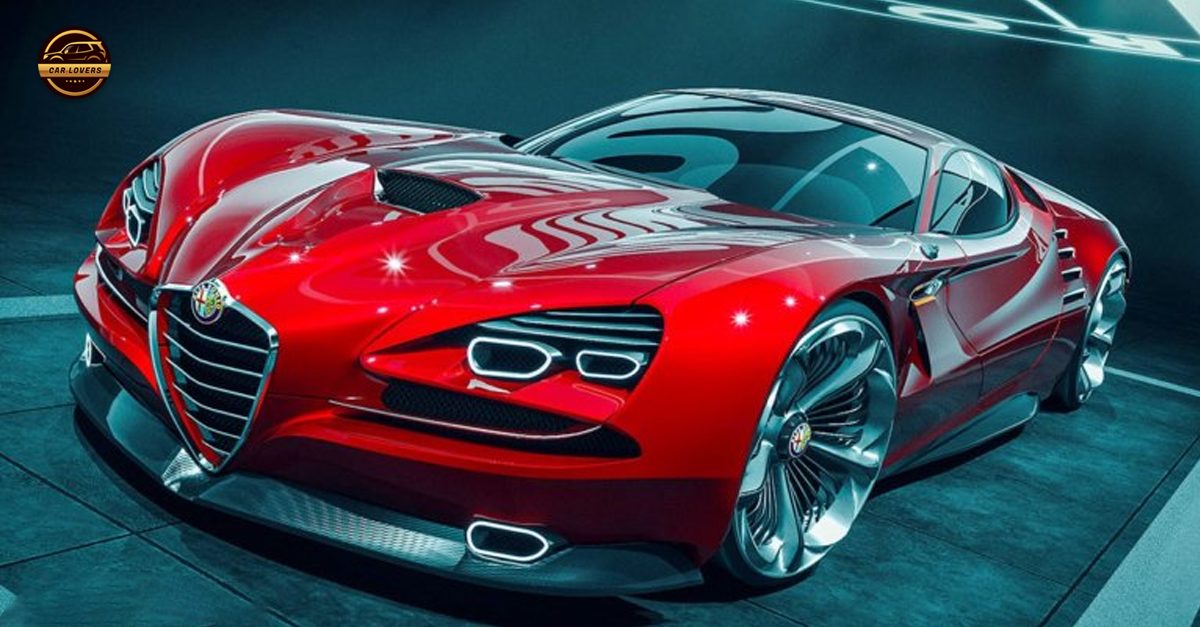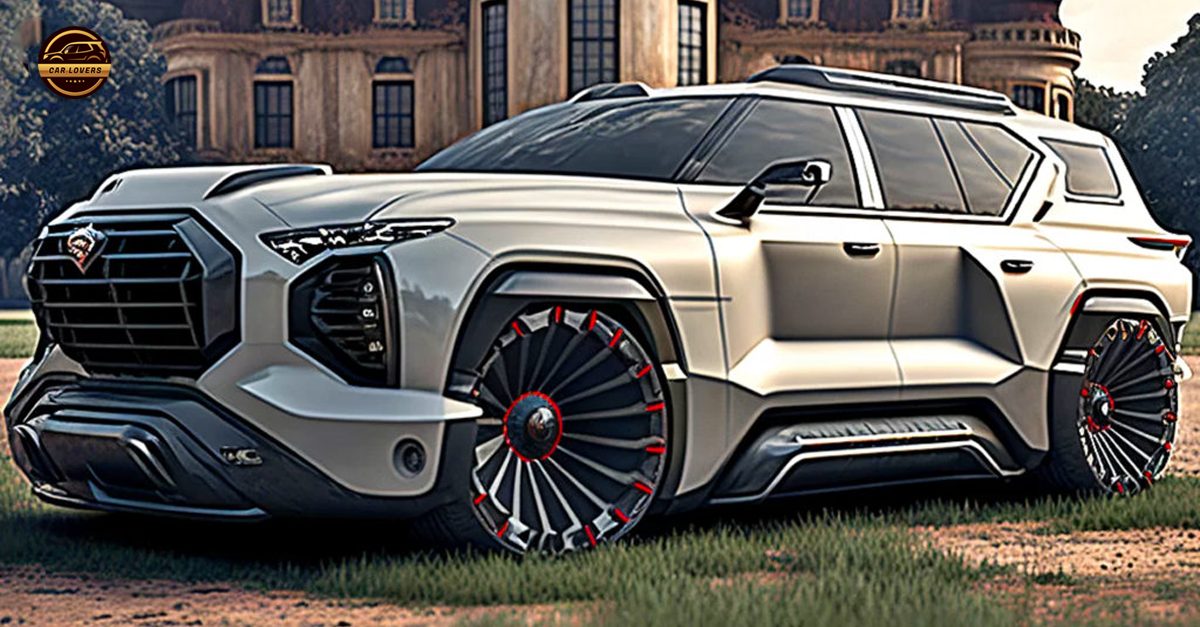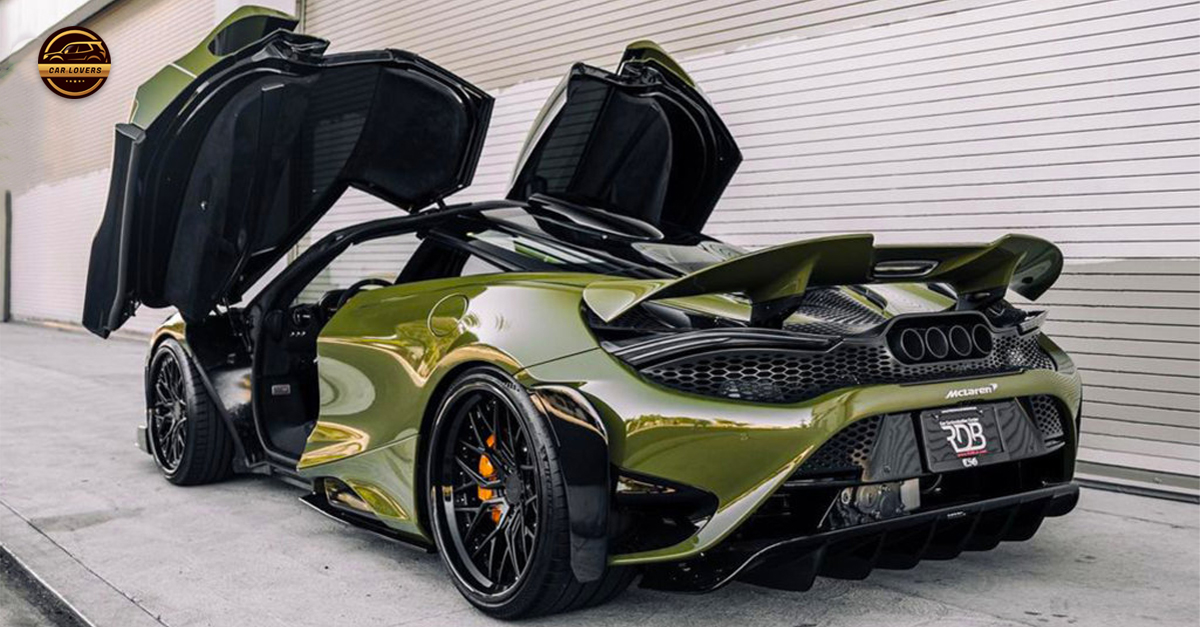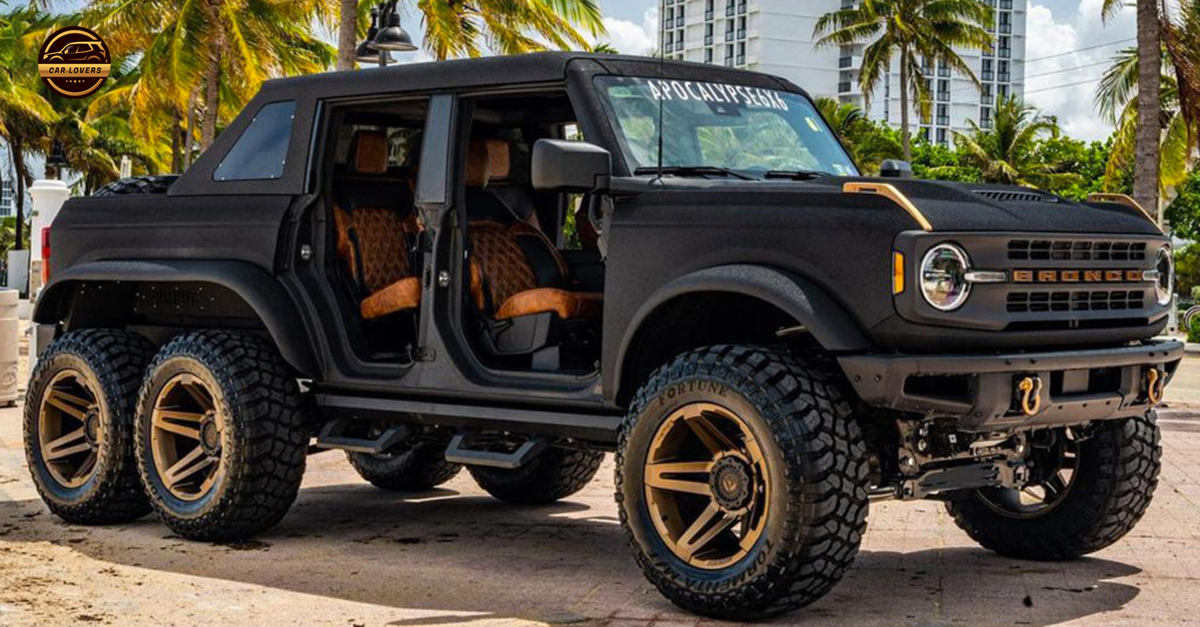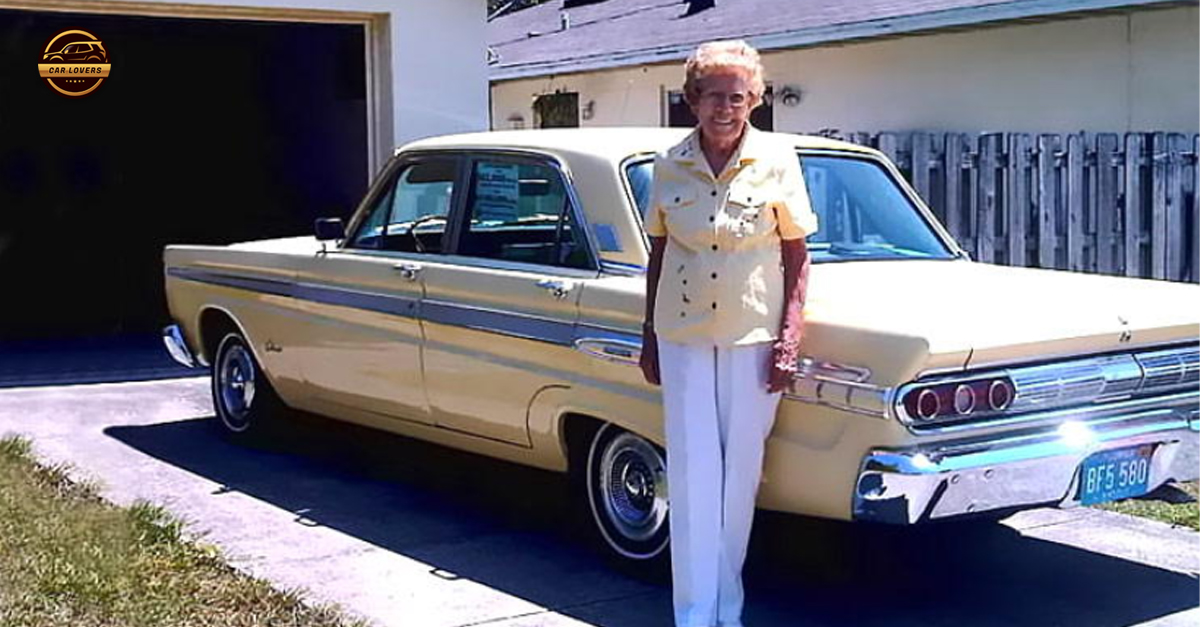Bringing motoring to the masses as the Ford Model T did in the USA, the Austin Seven had a huge impact in Britain and beyond – and kick-started the UKʼs dominant post-WW2 motorsport industry.
Keen to make driving more affordable, manufacturers were turning out often precarious, sometimes downright dangerous cyclecars after WW1.
Sir Herbert Austinʼs great achievement was to make a ʻreal car in miniatureʼ.
With steel and aluminium construction, a proper body with space for four, reasonable weather equipment, four braked wheels, a four-cylinder engine, supple suspension all round and electric lighting, the Seven was a revelation.
The downside, especially today, is that this was achieved by making the car tiny. People really were smaller 100 years ago, and were used to being huddled together when necessary, so the Sevenʼs small size was no obstacle to sales.
When buying today, itʼs vital to be sure that you and your family will fit, and be comfortable.
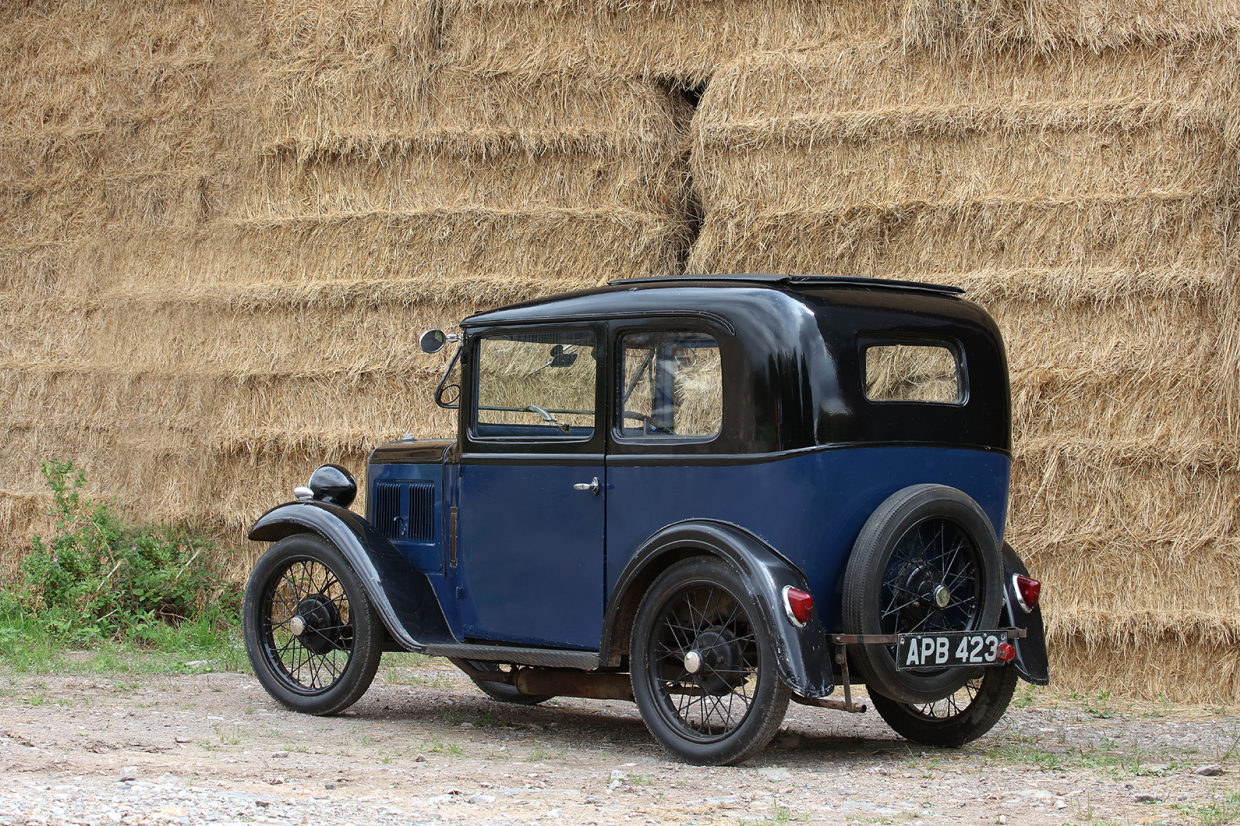
The Seven sold in unprecedented numbers, and was to form the genesis of huge motor manufacturers: both BMW and Nissan started with Seven-derived cars.
Sevens were also built in France by Rosengart and the USA by Bantam. Special-bodied versions formed the foundation of Swallow, the company that became Jaguar.
The Seven was the first mass-market car with what we now consider to be conventional controls – a central gearlever, and clutch/brake/throttle pedals left-to-right.
That at least makes it easier for todayʼs owner to acclimatise, though the sharp clutch, crash gearbox and limited braking take a lot of practice to master.
If you relish the challenge, great – but if you dread it, go for as late a car as possible, because later cars are significantly easier to drive.
A wide range of bodies was developed: four-seat tourer, two-seat sports, two/four-seat cabriolet, four-seat saloon, two-seat coupé, van and more.
Because of the simple construction, multiple detail changes were made each year: if you care about originality (most owners over the past century have not), then Original Austin Seven by Rinsey Mills is compulsory reading before inspecting a prospective purchase.
Many owners have built Specials from decrepit Sevens – they can be fun, but check carefully that they are properly made and registered.
Images: James Mann
Austin Seven: what to look for
Trouble spots
See above for what to check for prior to looking at any classic Austin Seven for sale.
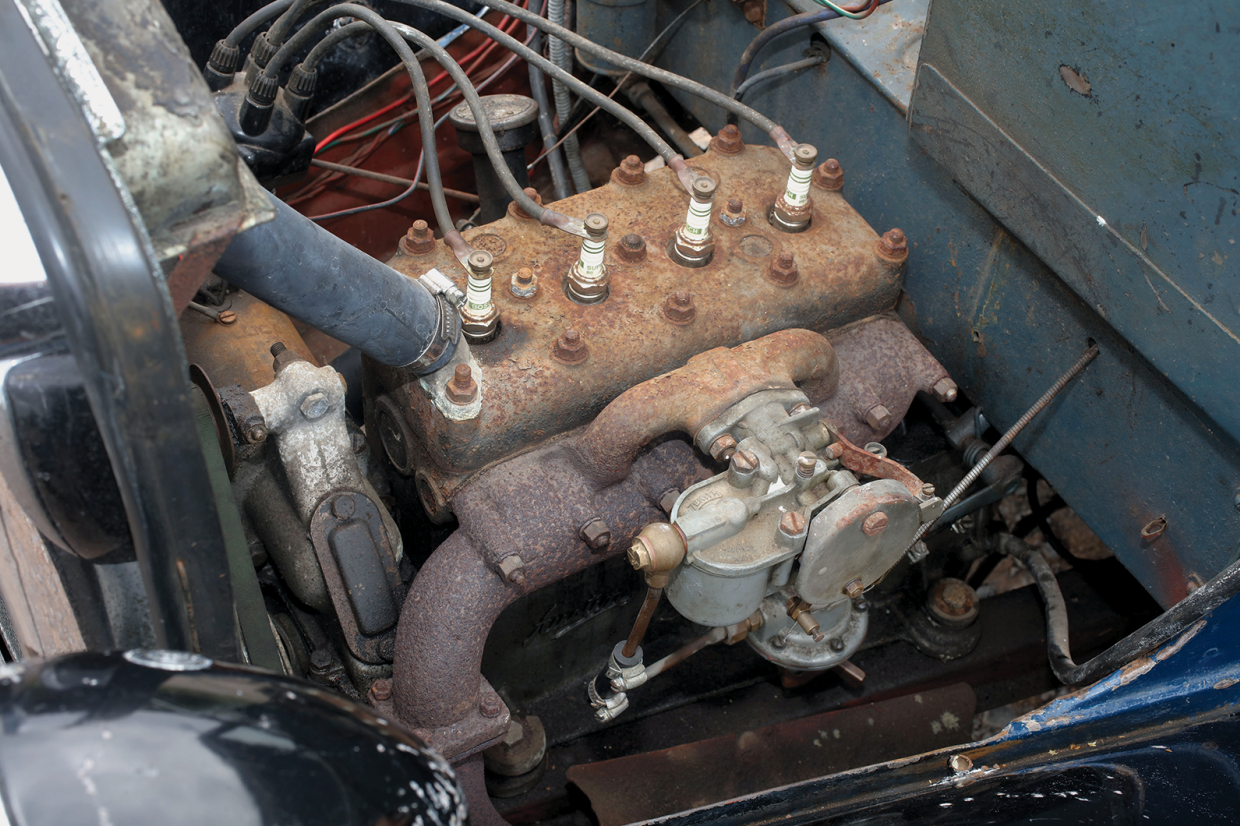
Engine
Simple and effective, the 747cc engine underwent steady improvement through production, boosting power in standard form by 65%, from 10.5bhp to 17bhp.
But carburettor wear and sloppy timing can lose a lot of that: frequent maintenance and careful set-up make a big difference. Parts to rebuild them are still readily available.
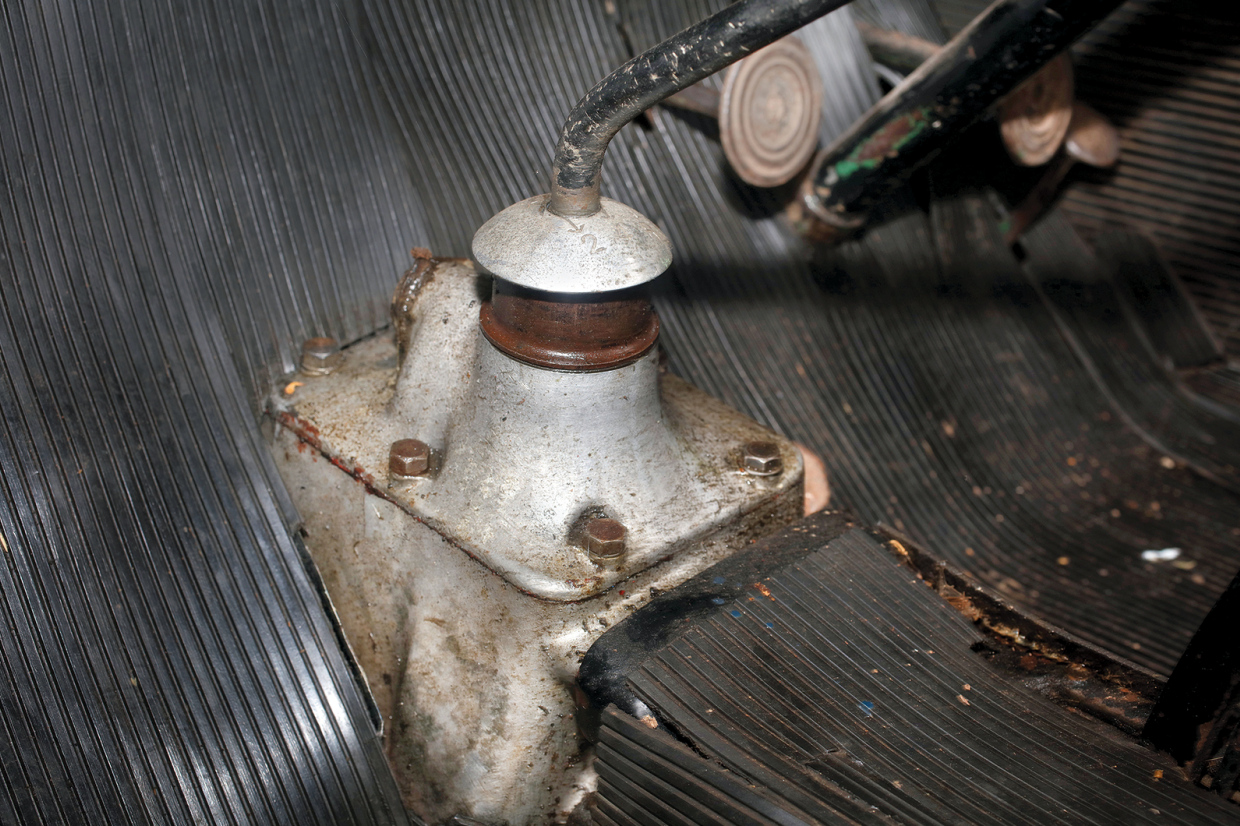
Gearbox
This early four-speed ’box still had no synchromesh, so double-declutching is vital. Wear makes itself known noisily, and smooth gearchanges take practice.

Suspension and brakes
Check for cracks in the steering arm and for worn or seized kingpins and brakes.
Also look out for worn wheel bearings, oil or grease on the brake linings and buckled wheels.
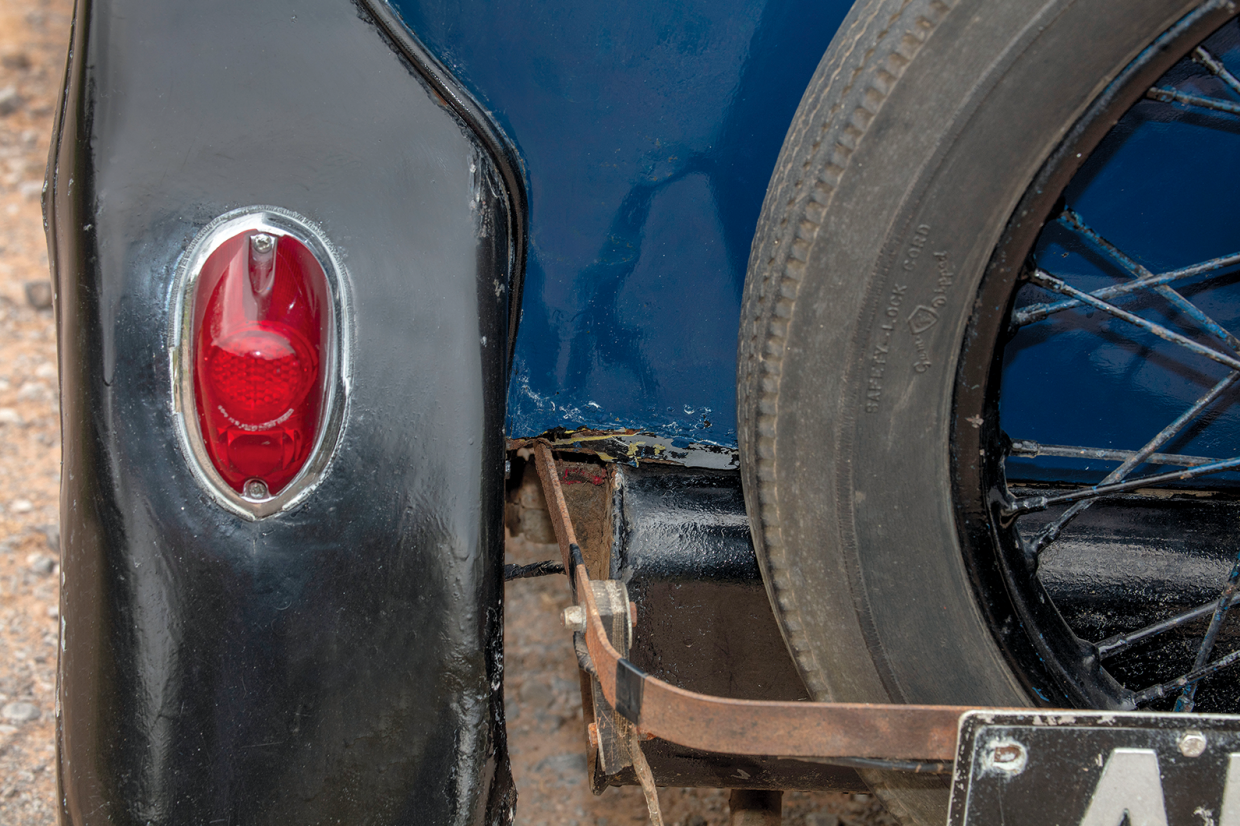
Bodywork
Inspect the body at its extremities, such as the rear lower corners, for cracking caused by flexing (which is normal) and for corrosion, especially on steel shells.

Interior
Today, almost every Austin Seven will have had a retrim, so ensure you are happy with the work or budget for improvement. Pneumatic seat cushions are very comfortable.
Austin Seven: before you buy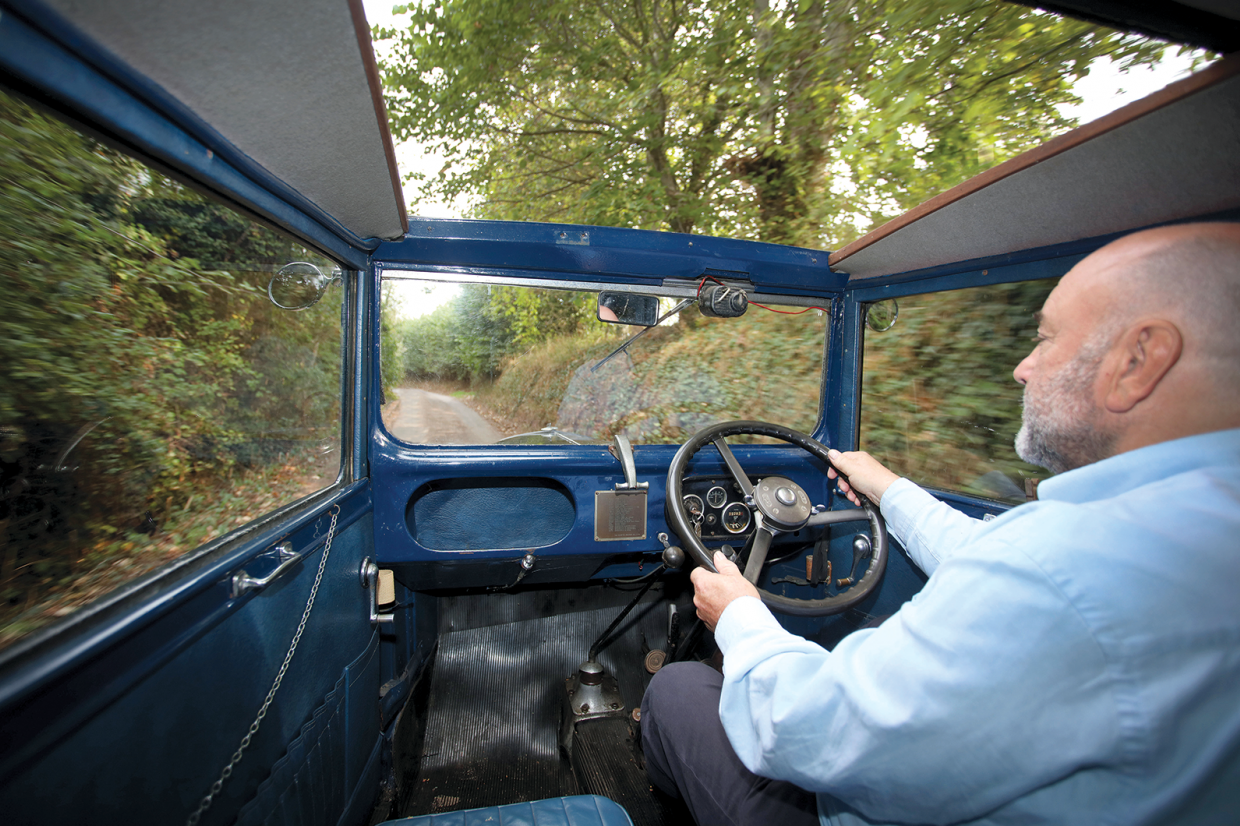
Sevens were very low-geared: expect to do most of your driving in top and third in a four-speed car; top and second in a three-speed.
Within its limitations, the engine should feel flexible and untemperamental. Sluggish performance may simply be down to incorrect timing or a worn carburettor, but if itʼs smoky, leaky and reluctant to start, itʼs time for a rebuild.
Parts are readily available and Seven specialists or clubs know where to get bearings re-metalled.
Engine life was limited and many cars have had swaps, so check what is fitted.
Changes were frequent; for example, the starter moved from above the ʼbox to the offside of the engine in September 1931, requiring a new crankcase.
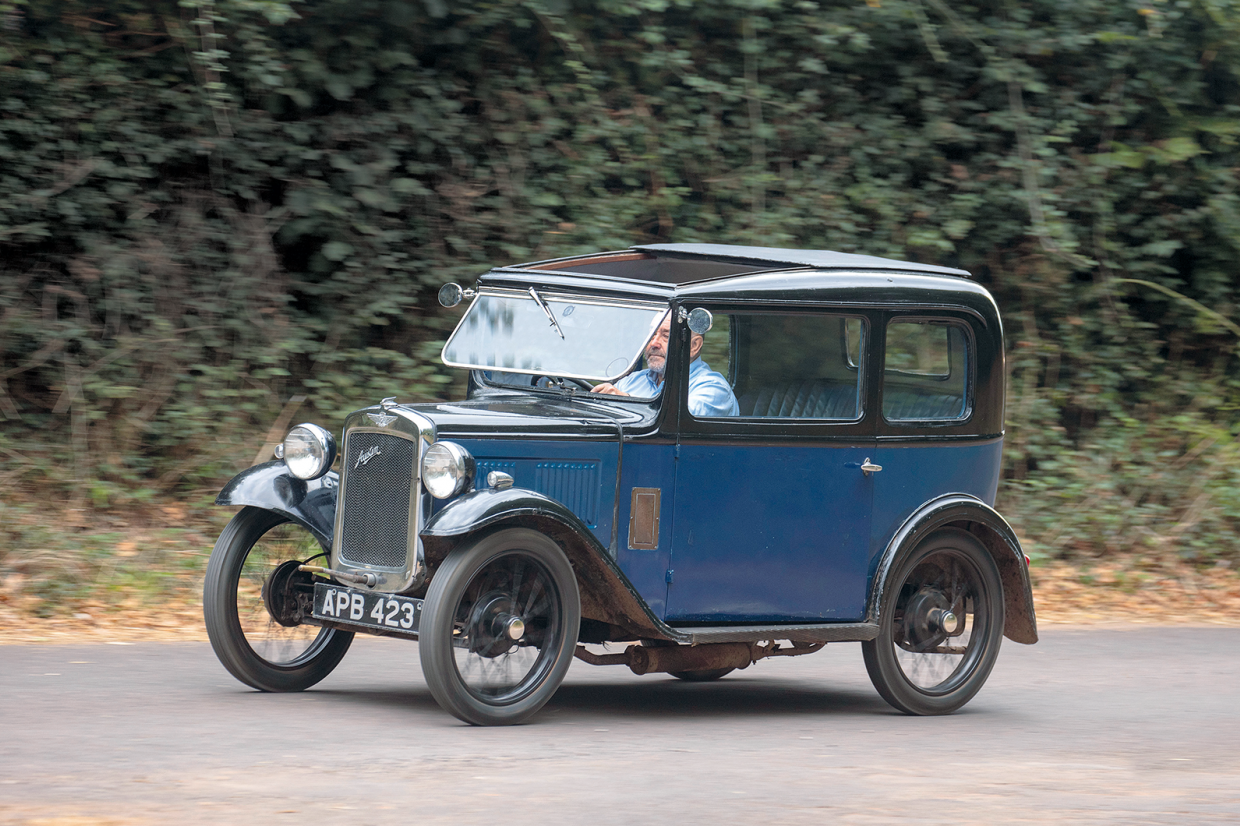
Early crash ʼboxes were stronger than later synchromesh ones. Attaching the linings directly to the flywheel made the clutch very sharp; from August 1936 a Borg & Beck lined friction plate softened things considerably.
The brakes are often worse than they should be due to stretched cables, worn components and brake shoes contaminated with oil and grease.
Generally, the heavier the body the weaker the brakes will feel, until Girling rod brakes were fitted in 1938.
Itʼs important to remember that the Seven was built to be as lightweight as possible, and consequently it needs far more frequent maintenance than more modern vehicles. Plentiful and regular greasing at all points is vital.
Look for a car that has been cherished and maintained accordingly.
Austin Seven price guide
Restoration/average/show
- Ruby, ’30s saloon: £1300/5000/9000
- Pre-’30s saloon: £2000/7000/12,500
- 1930s tourer: £3000/8000/16,000
- 1930s Sports: £6000/12,000/20,000
- Chummy, van: £6500/16,500/23,000
- Ulster: £15,000/25,000/50,000
Prices correct at date of original publication
Austin Seven history
1922 Jul 696cc Chummy launched
1923 Mar Up to 747cc Nov Cooling fan
1924 Wider chassis rails, front/rear dampers
1926 Sep Stronger body; saloon/van added
1928 Headlamps to wings, coil ignition
1929 Oct Stiffer crank; saloon/tourer bodies enlarged; Sports renamed Ulster
1930 Jul Extra chassis leg added
1931 De Luxe 6in longer wheelbase added
1932 Sep Four-speed ’box, sidedraught carb replaces downdraught, key ignition
1933 Aug Synchro on 3rd/4th gear; higher compression; Sports 65 with 23bhp
1934 Jul Ruby introduced: new chassis, synchro on 2/3/4, cowled radiator
1938 Jul Girling rod brakes
1939 Mar Production ends
The owner’s view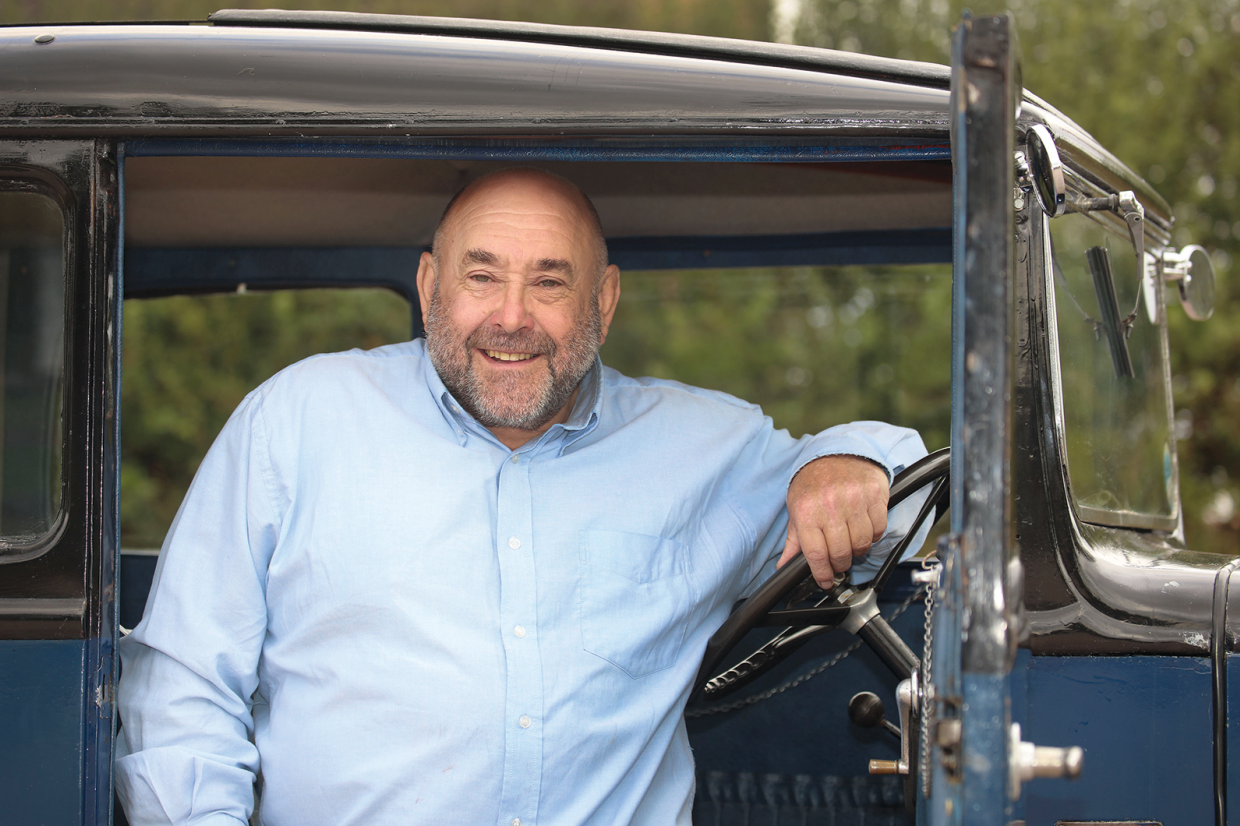
Serial tractor collector Paul Baker – “I don’t know how many tractors I’ve got,” he laughs – first saw this Austin Seven in a farm auction 20 years ago.
“I didn’t have the money for it then,” he recalls, “but a friend bought it and 15 years ago he sold it to me.
“The registration number is made up of my initials, but when I got hold of the logbook there was an even more uncanny coincidence – it was first registered on my birthday!
“It was restored about 30 years ago and is great fun to drive – everywhere you go it brings a smile to people’s faces.
“We used it to transport the best men for my son’s wedding recently – it managed to climb a steep bank right up to the church with four of us inside.
“It still has 6V electrics and is generally very original, having been registered in January 1933. The next job will be to replace the gearbox bearings, because they are getting a bit growly.”
SRC: https://www.classicandsportscar.com/



